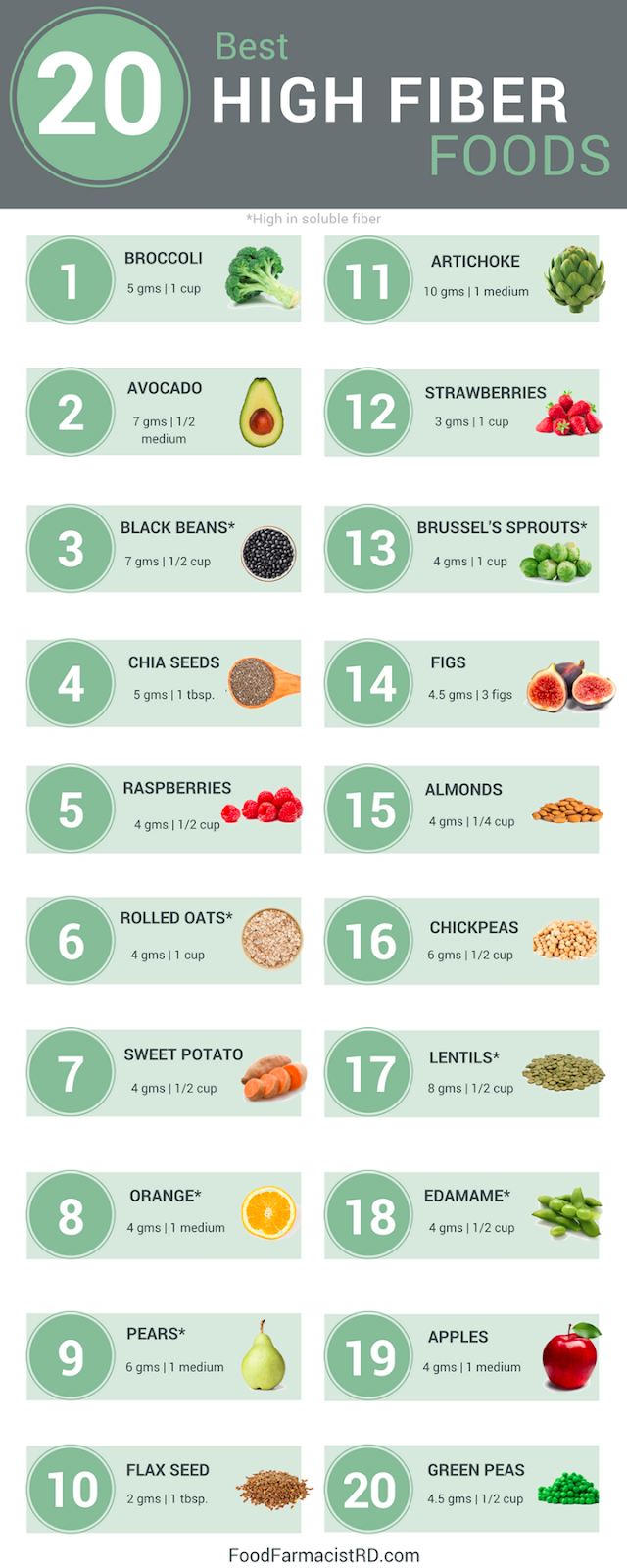SIMPLE EXPLANATION OF OPERTAING SYSTEM for bsc computer science,bca,computer science
OOPERATING SYSTEM
An Operating System (OS) is an interface between a computer user and computer hardware. An operating system is a software which performs all the basic tasks like file management, memory management, process management,handling input and output, and controlling peripheral devices such as disk drives and printers. Some popular Operating Systems include Linux Operating System, Windows Operating System, VMS etc.
The hardware-the central processing unit (CPU), the memory, and the input/output (1/0) devices-provides the basic computing resources for the system. The application programs-such as word processors, spreadsheets, compilers,and web browsers-define the ways in which these resources are used to solve users' computing problems.
We can also view a computer system as consisting of hardware, software, and data. The operating system provides the means for proper use of these resources in the operation of the computer system. An operating system is similar to a government. Like a government, it performs no useful function by itself. It simply provides an environment within which other programs can do useful work. To understand more fully the operating system's role, we next explore operating systems from two viewpoints: that of the user and that of the system
TWO VIEWS OF OS
1. User's View: The user view of the computer refers to the interface being used. Such systems are designed for one user to monopolize its resources, to maximize the work that the user is performing. In these cases, the operating system is designed mostly for ease of use, with some attention paid to performance, and none paid to resource utilization.
- For a multi user system, the OS is designed to maximize resource utilization.This is to assure that all available resources such as CPU time, memory and i/o are used efficiently by all the users.
2. System View:
OS is a resource allocator
A computer system has many resources that may be required to solve a problem:
CPU time, memory space, file-storage space, I/O devices, and so on. The operating system acts as the manager of the resources, decides between conflicting requests, controls execution of programs etc.
FUNCTIONS OF AN OPERATING SYSTEM
1)Memory management
The operating system manages the Primary Memory or Main Memory. Main memory is made up of a large array of bytes or words where each byte or word is assigned a certain address. Main memory is a fast storage and it can be accessed directly by the CPU. For a program to be executed, it should be first loaded in the main memory. An Operating System performs the following activities for memory management:
It keeps tracks of primary memory, i.e., which bytes of memory are used by which user program. The memory addresses that have already been allocated and the memory addresses of the memory that has not yet been used. In multi programming, the OS decides the order in which process are granted access to memory, and for how long. It Allocates the memory to a process when the process requests it and deallocates the memory when the process has terminated or is performing an I/O operation.
2)Processor Management
In a multi programming environment, the OS decides the order in which processes have access to the processor, and how much processing time each process has. This function of OS is called process scheduling. An Operating System performs the following activities for processor management.
Keeps tracks of the status of processes. The program which perform this task is known as traffic controller. Allocates the CPU that is processor to a process. De-allocates processor when a process is no more required.
3)Device Management
An OS manages device communication via their respective drivers. It performs the following activities for device management. Keeps tracks of all devices connected to system. designates a program responsible for every device known as the Input/Output controller. Decides which process gets access to a certain device and for how long. Allocates devices in an effective and efficient way. Deallocates devices when they are no longer required.
4)File Management
A file system is organized into directories for efficient or easy navigation and usage. These directories may contain other directories and other files. An Operating System carries out the following file management activities. It keeps track of where information is stored, user access settings and status of every file and more... These facilities are collectively known as the file system.
4)Security
The operating system uses password protection to protect user data and similar other techniques. it also prevents unauthorized access to programs and user data.
5)job accounting
Operating system Keeps track of time and resources used by various tasks and users, this information can be used to track resource usage for a particular user or group of user.
6)Control over system performance
Monitors overall system health to help improve performance. records the response time between service requests and system response to have a complete view of the system health. This can help improve performance by providing important information needed to troubleshoot problems.
7)Error-detecting Aids
The operating system also provides the facility of error detection by the production of dumps, traces, error messages,and by using different debugging and error detecting techniques.


Good
ReplyDelete